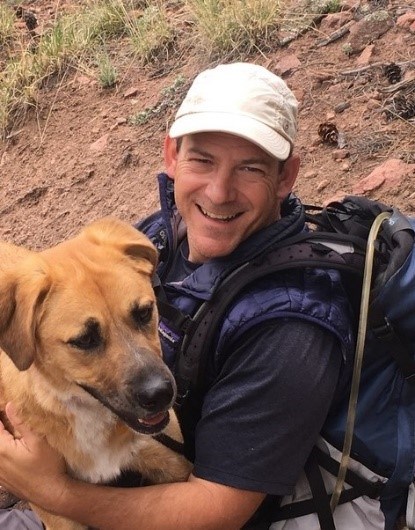Last updated: November 13, 2019
Article
What do sensitive and endangered plants, wetland restoration, cattle and frogs have in common?

This Vegetation Ecologist and Revegetation Specialist will tell you.
What is your name and job title? Ken Stella, Vegetation Ecologist and Acting Revegetation Technical Specialist.
What experience and education do you have? I have a Bachelor of Science in Natural Resources from Humboldt State University in California and a Master of Science in Plant Ecology from the School of Forestry at Northern Arizona University in Arizona. Following graduation from my undergraduate work I worked as a Biological Science Tech at Point Reyes National Seashore and Sequoia Kings Canyon National Park. After attending graduate school I joined forces with several colleagues and started a small environmental consulting firm in Breckenridge, Colorado. There I worked on many government contracts and found the scale and scope of projects that many government scientists were working on was very compelling to me. I eventually found a position with the U.S. Forest Service in Oregon as a regional ecologist working on fire and grazing issues in the eastern part of the state. In 2011, I was hired at Grand Teton National Park as a Plant Biologist working on restoration and revegetation projects including roadside revegetation work with the Denver Service Center (DSC). In 2015, I was hired by the Denver Service Center Transportation Division to work in the Revegetation Group.
What is a typical day like? A typical day is hard to define as we in DSC Transportation are asked to do many things. My main duties include managing contracts and assisting parks and DSC project managers. One of the most common things I do is work with project managers to implement projects in a way that will minimize resource impacts. Where projects do impact vegetation resources, my job is to help implement vegetation management and revegetation work that will restore impacted plant communities and follow National Park Service (NPS) management policy guidelines related to weeds, genetically appropriate plant materials, and restoration.
What career advice would you give to someone who wants to follow a similar path? There is a joke that goes something like “How do you tell the difference between an introverted botanist and an extroverted botanist?” “The introverted botanist looks at her/his shoes when talking to you and the extroverted botanist looks at your shoes when (s)he’s talking to you.” The ability to actively collaborate with peers and individuals from different disciplines and backgrounds is essential in successfully working in land managing agencies. While it may not be necessary to be extroverted embracing a spirit of collaboration is essential.
What is one of the bigger projects you are working on and what about that project might surprise people? I am involved with multiple projects at Point Reyes National Seashore. These projects collectively are working on almost all the roads in the park. The resource issues and revegetation work is complex and includes sensitive plants, listed endangered plants, wetland restoration and mitigation, and habitat creation for endangered frog species. The surprising part of this project is the creation of “underpasses” for cattle. Much of the Seashore lands have dairy cattle operations in the park and the underpasses allow the cows to move between pastures without interacting with cars.
